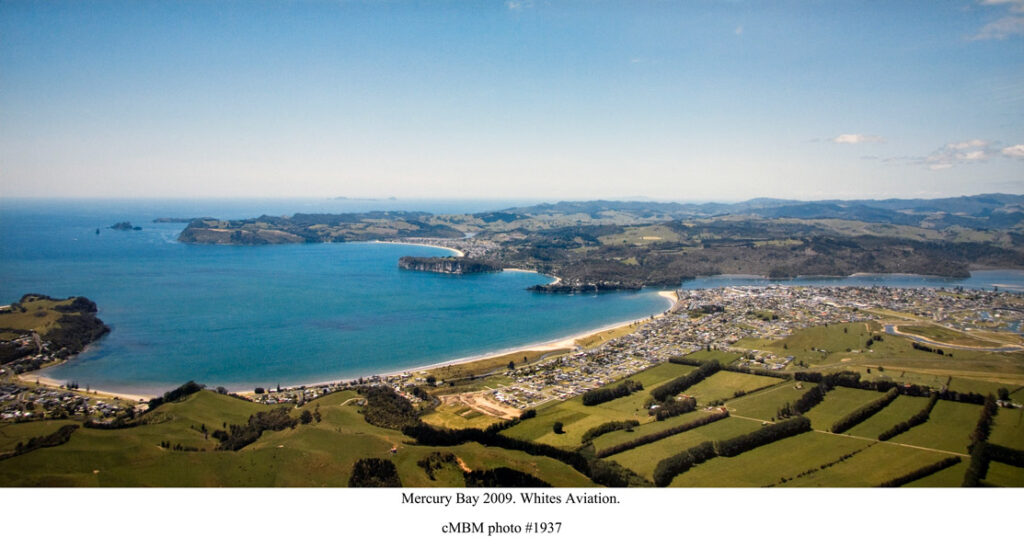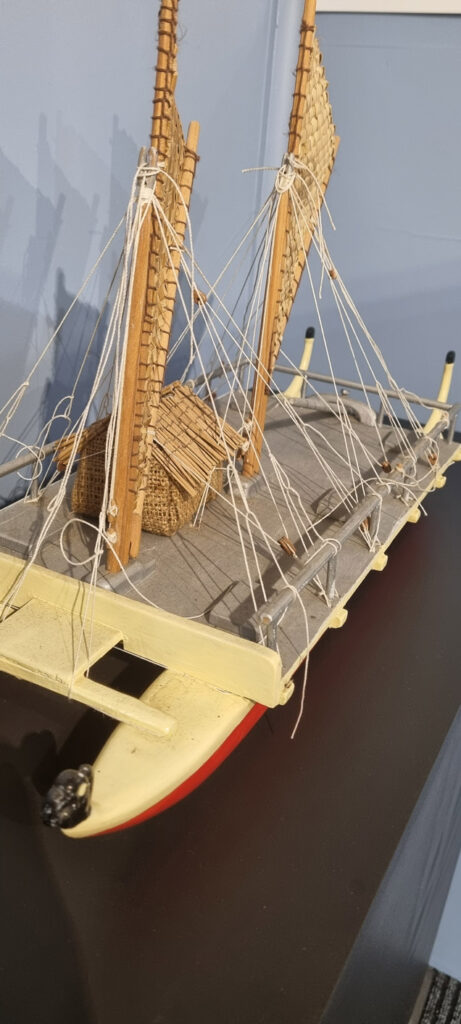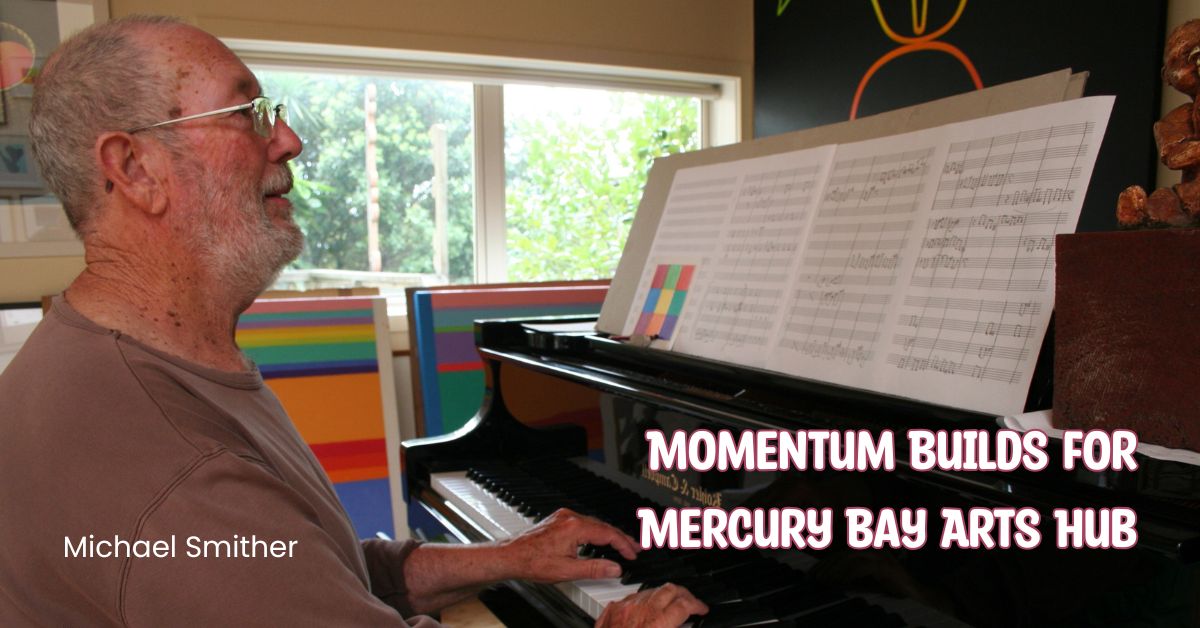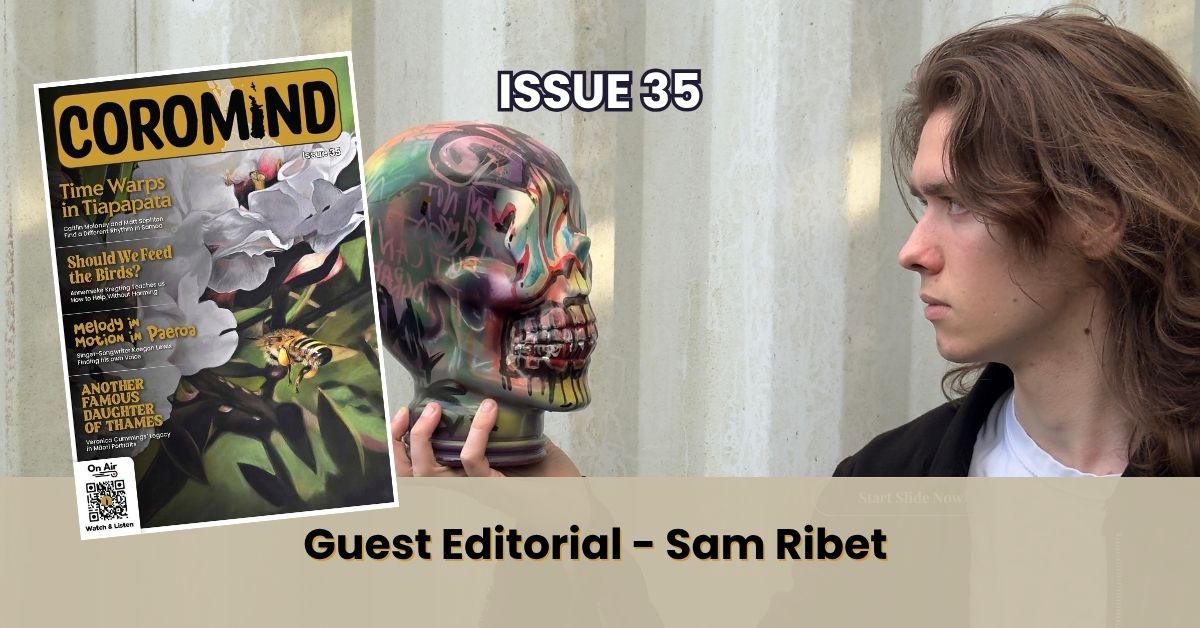
Identity, connection, whānau, whakapapa!
All these things are part of the make-up of our given names. People, places and even animals also hold these connections. A name is our legacy to leave for the future.
So where did the name Whitianga originate and what is its connection to the past? In 950 AD, Kupe, his wife Hine-te-Aparangi, high priest Pekahourangi and their people left Hawaiki aboard the waka, Matahaorua.
Kupe was in pursuit of Te Wheke-o-Muturangi (‘the pet octopus of Muturangi’), which had been troubling his tribal fishing rounds in Hawaiki.
Well into the chase and as they approached land, Hine-te-Aparangi called “He ao – a cloud!”, then “He aotea – a white cloud!” and finally “He Aotearoa – a long white cloud!” It is believed that the long white cloud was sitting over the peak of Moehau and the Coromandel mountain range, Te Paeroa-oToitehuatahi. Aotearoa is the legacy they bestowed on
us as a nation.
Kupe went on to leave his legacy here for us too. He named this place ‘Te Whitianga-a-Kupe – The Great Crossing Place of Kupe’. He also named Taputapuātea (known locally also as Mother Brown’s creek). Taputapuātea is of great sacred significance as a marae ātea in Raiatea, Tahiti, where all ocean-going voyagers sailed from. The marae is also a place of learning for all ‘arioi – an exclusive group of priests, navigators, warriors, musicians and artists who worshipped the
war god, ‘Oro. The ’arioi were based at Taputapuātea.
This great marae was at the centre of a large group of
islands and home to the temple of ‘Oro.


So that is Kupe and Whitianga, but what about the name of the bay, Te Whanganui o Hei?? Now we move forward a few hundred years to 1350 AD, and another wave of ocean-going people travelling southward. A great fleet of waka made their journey from Raiatea to Aotearoa. The fleet included Te Arawa waka.
Te Arawa waka was captained by Tamatekapua. Hei, the uncle of Tamatekapua, it is told, was a sailing master on the Arawa and he elected to sail south – down the East coast.
As they sailed past the bay, Te Whitianga-a-Kupe, Hei saw an island off the north end of a beach. He named this island Te Kuraetanga o taku ihu. Announcing that its shape resembled the curve of his nose, with this he hereby laid claim to the area. It is said that by claiming the land to be a part of the body it is made sacred, and that claim is recognised by everyone on board. The island is now known as Motueka, or Pigeon Island, and the area is Hahei.
Hei and his brothers settled in Maketu and gradually the people of Te Arawa dispersed through the Bay of Plenty, until their peace was disturbed by raiding parties. Hei decided to travel north with his family returning to the Hahei area and the wider bay area now known as ‘Te Whanganui o Hei – The Great Bay of Hei’. Hei’s last resting place is a cave on Tokatea (Castle Rock) in the Mountain Ridge of Toi. His nephew Tamatekapua also was laid to rest there. So, what about Mercury Bay, I hear you ask?? How did we go from this connection to whakapapa to a name of European identity?
1769 was the year and this time Captain James Cook arrived in the bay onboard the HMB Endeavour. With his crew and members of the scientific community, he stayed 12 days. On arrival one of his orders was to record the transit of Mercury. He and Charles Green did this on November 9th, 1769, and Cook therefore ‘declared’ the bay be named ‘Mercury Bay’.
This name has stuck, with the larger area being named Mercury Bay by European settlers for the last 250 years. Whitianga has been the name of the town known by all who travelled to and through her, whether it was for business or fun in the sun. However, in 1928, there was a community dividing discussion on both names – Mercury Bay vs Whitianga!!
Join me next month as we learn of one of the most colourful pages in the record of Whitianga’s history!
-Words and Photos by Becs Cox
-Photos by Mercury Bay Museum






